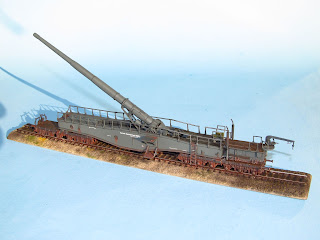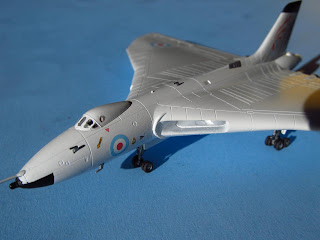It is poorly designed and ill-fitting, but was an interesting introduction to folded paper models. The model is a propaganda handout from L-M from before 2010, and comes printed on four glossy pages of thin card stock.
 |
| Orion crews transport spacecraft |
 | |
|
 |
| Orion crews transport spacecraft |
 |
| Orion crews transport spacecraft |
 |
| Orion crews transport spacecraft |
 |
| Orion crews transport spacecraft |
The real one...
 |
| Orion crews transport spacecraft |








































